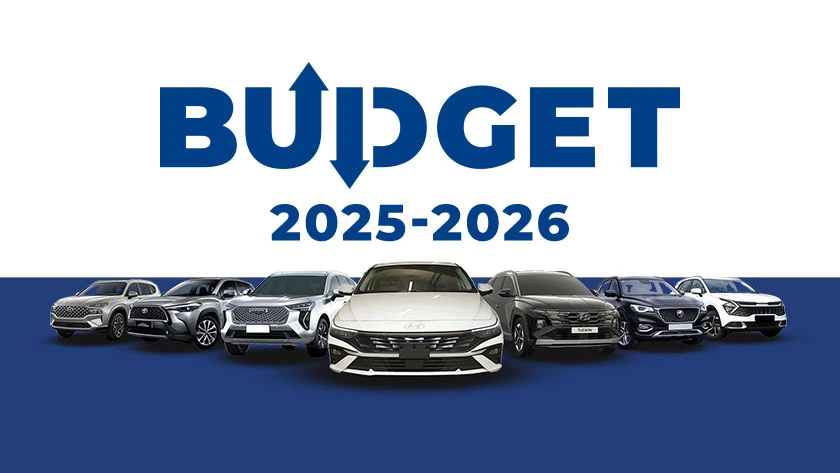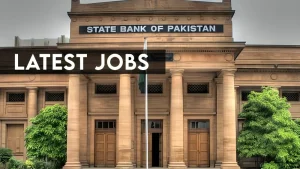Islamabad, June 14, 2025: The auto sector in Pakistan is set for a strategic pivot as the federal government unveils its financial road map for 2025–26. Finance Minister Muhammad Aurangzeb’s new budget outlines sweeping tax changes and sustainability-driven reforms that aim to boost state revenue, cut fuel dependency, and reshape the country’s transport ecosystem.
The auto sector now finds itself at the crossroads of fiscal restructuring and environmental transition.
Green Taxation
A cornerstone of the fiscal package is the introduction of a Green Levy, a new charge on internal combustion engine (ICE) vehicles—both built locally and brought in from abroad. The measure is designed not only to grow federal income but to tilt consumer preference toward cleaner alternatives like electric vehicles (EVs) and hybrids.
The levy is structured as a percentage of the car’s total value (inclusive of all existing duties), applied as follows:
- Sub-1300cc vehicles: 1% levy on value
- 1300cc–1800cc Engines: 2%
- Above 1800cc: 3%
- All buses and commercial trucks: 1% flat rate
The auto sector now faces higher sticker prices, particularly in mid-to-large engine categories, making electric and hybrid alternatives increasingly attractive.
GST Raised for Budget-Friendly Cars
Another policy move likely to impact lower-income buyers is the increase in General Sales Tax (GST) on compact cars—particularly those under 850cc. The rate jumps from 12.5% to 18%, making models like the Suzuki Alto, which dominates this segment, notably more expensive.
When combined with the Green Levy, the total price rise could range from Rs. 160,000 to nearly Rs. 190,000 depending on the variant. While framed as a necessary revenue-raising step, this tax revision places additional financial strain on first-time buyers.
Carbon Levy on Fossil Fuels
Another significant fiscal measure affecting the auto sector is that the government has rolled out a carbon levy on fuels including petrol, diesel, and furnace oil. Starting at Rs. 2.5 per liter in fiscal year 2025-26 and doubling to Rs. 5 per liter in the following year, the policy seeks to cut fossil fuel consumption and support investment in cleaner infrastructure.
Commuters, transporters, and commercial vehicle operators will bear the brunt of the increased operating costs over the coming months.
Import Duties Relaxed to Encourage Trade
On the trade and manufacturing side, the government is easing certain import barriers by lowering Regulatory Duty (RD) and Additional Customs Duty (ACD) rates:
- RD’s upper limit cut from 90% to 50%
- Complete elimination of RD on 554 product codes
- RD trimmed on another 559 categories
- ACD rates also reduced on a wide range of goods.
While this will benefit importers—particularly those dealing in auto parts or CBUs—it could weaken the protective cushion around domestic manufacturing that has long kept foreign competition in check
READ MORE: E-Awareness: Taxi Services Switching to EVs
New NEV Policies
A New Energy Vehicle (NEV) Policy focusing on electric bikes and rickshaws is under development. The plan involves:
- Promoting EV assembly in Pakistan
- Levying fees on petrol and diesel models
- Reducing reliance on imported fuel
Over time, such initiatives are expected to phase out fossil-fuel-based vehicles and ease the transition toward a more eco-friendly vehicles.
READ MORE: Automobile sector cry under budget burden
Key Fiscal Adjustments
| Measure | Scope | New Rate | Expected Impact |
| Green Levy | All ICE cars (local + imported) | 1–3% | Price hike for ICE vehicles |
| GST on <850cc Cars | Suzuki Alto (mainly) | From 12.5% → 18% | Rs. 160k+ price increase |
| Carbon Levy on Fuel | Petrol, Diesel, Furnace Oil | Rs. 2.5/l (FY26), Rs. 5/l (FY27) | Higher fuel costs |
| Reduction in RD/ACD | Imported goods & components | RD down to 50% max | Boost to importers, concern for local industry |
| NEV Policy (In Progress) | Focus on 2–3 wheeled EVs | N/A | Long-term push for EVs |
Final Thoughts
Pakistan’s 2025–26 federal budget sets the stage for a long-term reorientation of the auto sector. The focus is tilted toward revenue generation, environmental health, and transport modernization. Traditional manufacturers will need to change their approach in light of reduced import duties, carbon taxes, and looming EV incentives.
Whether this budget shifts the sector toward a sustainable and inclusive future depends on how well infrastructure, policy continuity, and consumer affordability are managed in the coming years.









